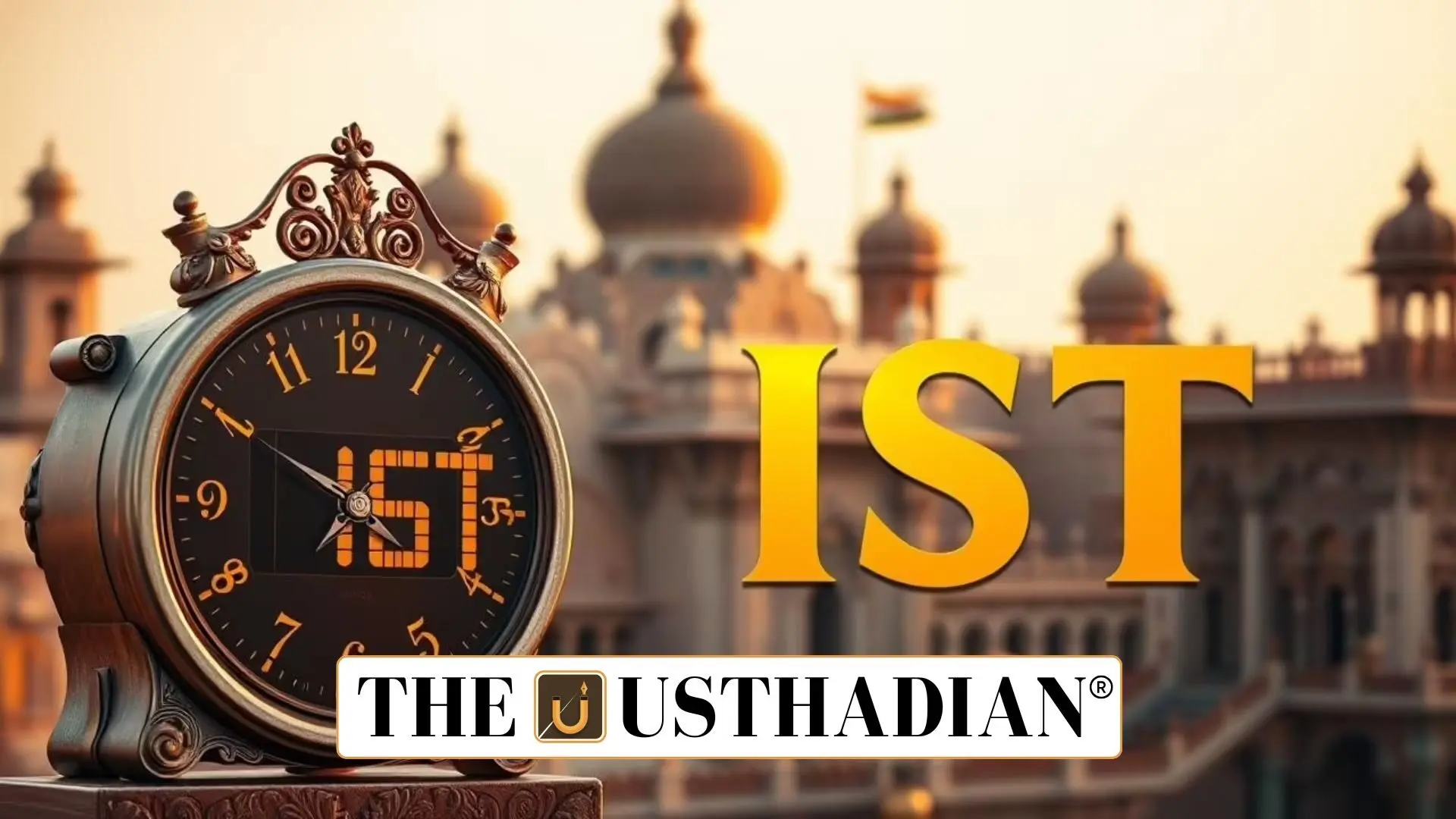India adopts uniform time system
India Moves to One Nation One Time: India is getting ready to follow a single, standard time across the country—Indian Standard Time (IST). The government will soon implement the Legal Metrology (Indian Standard Time) Rules, 2025, making IST the only legal time reference. This move will affect everything from railway networks to digital banking systems, bringing all sectors under a common time protocol.
Digital security and sovereignty goals
The purpose behind this big change goes beyond just clock synchronization. The government wants to strengthen India’s digital sovereignty. Right now, many systems in India depend on foreign time sources like GPS, which can be vulnerable to spoofing or cyberattacks. By enforcing IST through atomic clocks and indigenous protocols, the country aims to build secure and reliable digital infrastructure.
Departments leading the change
The plan is being coordinated by the Department of Consumer Affairs, in collaboration with CSIR-National Physical Laboratory (NPL) and ISRO. These institutions will ensure that IST is accurate and consistent across platforms. Technologies like Network Time Protocol (NTP) and Precision Time Protocol (PTP) will deliver time data with millisecond to microsecond accuracy.
Where the time will be managed?
To make this work across the country, the government has set up five Regional Reference Standard Laboratories (RRSLs). These are located in Ahmedabad, Bengaluru, Bhubaneswar, Faridabad, and Guwahati. All these labs will have atomic clocks, the most accurate timekeeping devices, which are essential for syncing time correctly.
Who needs to follow this?
The new IST rules will be binding for various sectors:
- Telecommunication
- Banking and finance
- Transportation
- Electricity grids
- Digital utilities
Only authorized alternative time sources can be used if there’s a specific reason.
Benefits of the IST mandate
This isn’t just about showing the right time. With one common clock:
- Power grids and trains can operate more smoothly.
- Banking transactions become more trustworthy with clear timestamps.
- Investigations involving digital evidence become faster and more precise.
- It supports national programs like Digital India and Atmanirbhar Bharat.
Wide support from stakeholders
Over 100 stakeholders from different sectors participated in discussions on this reform. Officials, including Secretary Nidhi Khare, confirmed that the infrastructure is ready and the urgency for rollout is high. The decision ensures transparency and fairness in digital dealings, making India’s time infrastructure self-reliant and secure.
Static Usthadian Current Affairs Table
| Summary | Details |
| Why in the news | Legal Metrology (Indian Standard Time) Rules, 2025 |
| Announced by | Pralhad Joshi, Minister of Consumer Affairs |
| Purpose | Mandate IST as the sole legal time reference in India |
| Agencies involved | Department of Consumer Affairs, CSIR-NPL, ISRO |
| Synchronization Technology | Atomic clocks using NTP and PTP protocols |
| Regional Reference Labs | Ahmedabad, Bengaluru, Bhubaneswar, Faridabad, Guwahati |
| Accuracy level | Millisecond to microsecond |
| Supports | Digital India, Atmanirbhar Bharat |
| Strategic benefit | Reduces cyber threats and improves digital fairness |
| Sectors affected | Telecom, Railways, Banking, Utilities, Transport |








